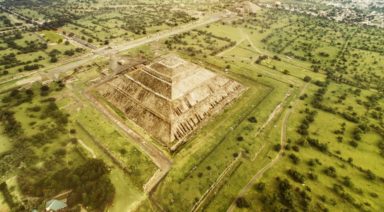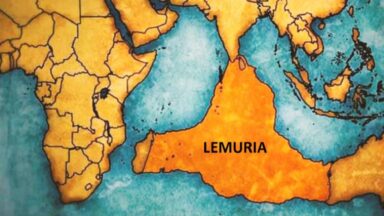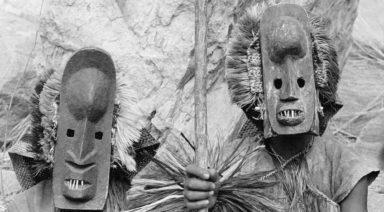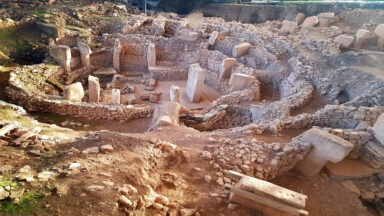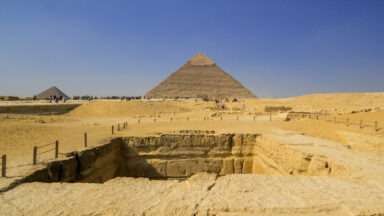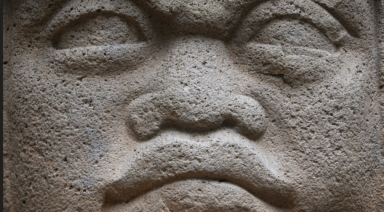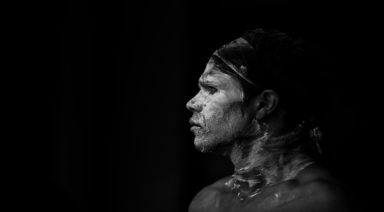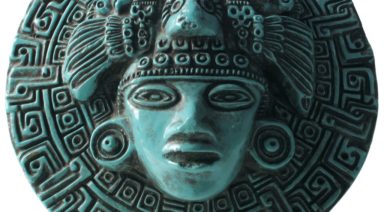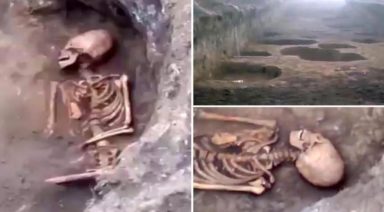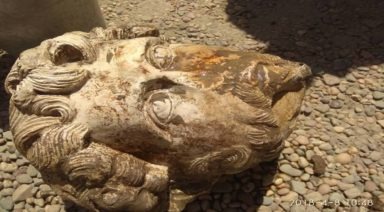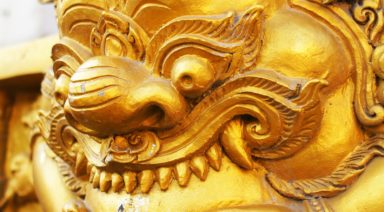Is Ezekiel’s Vision of the Wheel Evidence of UFOs in the Bible?
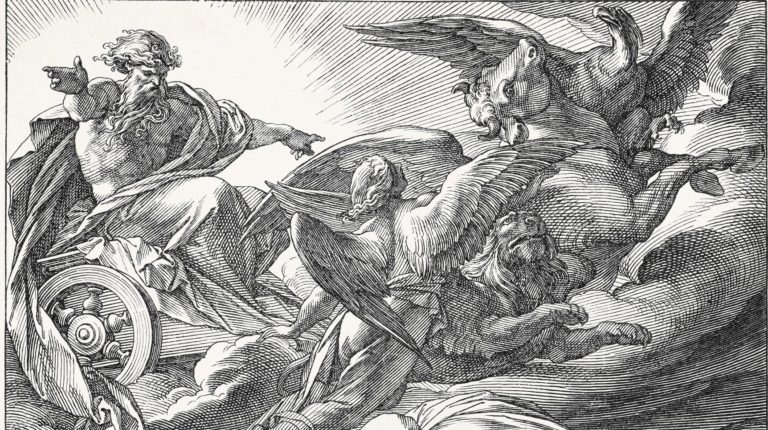
Of the many accounts in the Bible of strange happenings and otherworldly occurrences, the story of the prophet Ezekiel is one of the more fascinating, especially when looked at through the lens of modern technology. When biblical texts are interpreted through this perspective in general, an interesting picture emerges of the possibility that our ancient ancestors were actually visited by an advanced race, rather than gods.
This idea, known as the ancient astronaut theory, interprets Ezekiel’s “vision” of the Merkabah, or wheeled chariot, as more likely to be a spaceship used by an advanced species to traverse outer space and make contact.
Erich von Däniken is one of the biggest proponents of this theory, providing a very compelling argument for an alternative interpretation of the Book of Ezekiel. So, compelling that his theory even reversed the entire thesis of a NASA scientist’s book aimed at disproving his claim.
Erich von Däniken’s Chariots of the Gods
In the 1970s, Erich von Däniken was invited to a secret speech at NASA where he met Josef F. Blumrich. The two spoke about von Däniken’s ancient astronaut theory from his book, Chariots of the Gods, notably the idea that Ezekiel’s vision was that of a space shuttle rather than a divine chariot. This conversation led Blumrich on a mission to disprove von Däniken’s seemingly absurd theory, so he did some research of his own and started writing a book. However, the evidence was overwhelming, and Blumrich had an epiphany. Ezekiel was undoubtedly describing an advanced spacecraft. Blumrich even used Ezekiel’s description of the craft to patent his own version of an omnidirectional wheel.
Ezekiel and His Vision
Ezekiel is a key figure in Judaism and prominent in other Abrahamic biblical texts. Ezekiel was brought to Babylon in the first captivity of Israel and is described as a prophet. One of the interesting characteristics of The Book of Ezekiel as a biblical text is that it is written using the pronoun, I, clearly showing it being written by Ezekiel himself as a first-person account, unlike many biblical texts written in the third person. This seems to lend a little more credit and personality to the story as it is told shortly after its occurrence.
The Flying Wheeled Chariot
“4 I looked, and I saw a windstorm coming out of the north—an immense cloud with flashing lightning and surrounded by brilliant light. The center of the fire looked like glowing metal, 5 and in the fire was what looked like four living creatures. In appearance their form was human, 6 but each of them had four faces and four wings. 7 Their legs were straight; their feet were like those of a calf and gleamed like burnished bronze. 8 Under their wings on their four sides they had human hands. All four of them had faces and wings, 9 and the wings of one touched the wings of another. Each one went straight ahead; they did not turn as they moved.” – Ezekiel 1
Ezekiel describes seeing a wheeled chariot descend toward him from the sky, piloted by beings with the “appearance of a man.” While many biblical versions of the story describe this being on the chariot as God, von Däniken points out that the original Hebrew version never mentions God, this word was added later.
Ezekiel’s description of the wheeled chariot landing sounds much like that of the landing of a spacecraft. The windstorm, flash of lightning, and brilliant lights are reminiscent of a spacecraft coming down for a landing and kicking up dirt in a spectacle never before seen by someone of such a primitive era. Ezekiel even describes the fire powering the chariot as appearing as ‘glowing metal.’
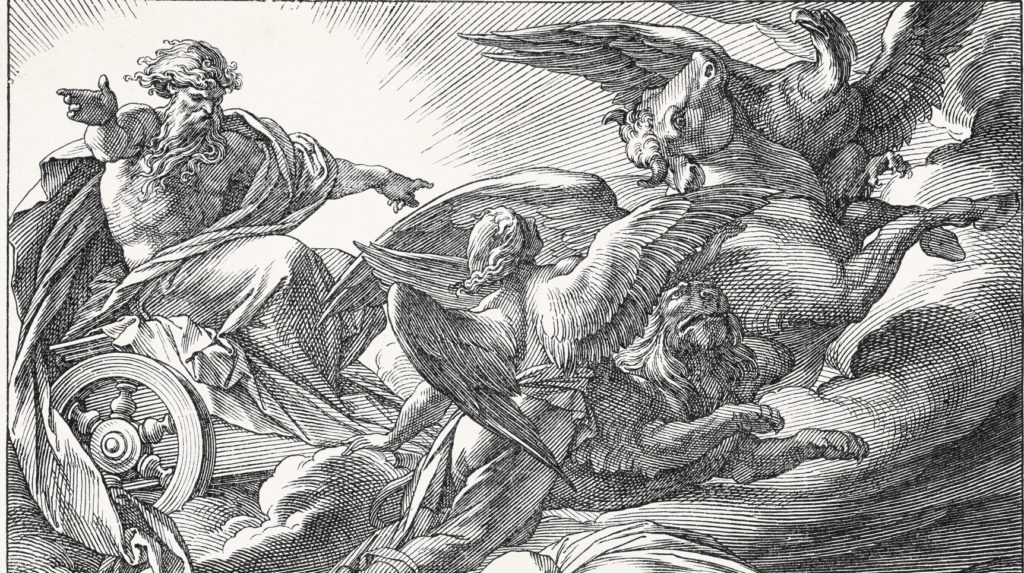
There is clearly some discrepancy between this description and much of the way Ezekiel’s vision is portrayed in biblical artwork. Pictures often leave out the details involving the fire, omnidirectional wheels, and the vaulted crystal encasing the heads of the human-like creatures.
The Four Living Creatures
“15 As I looked at the living creatures, I saw a wheel on the ground beside each creature with its four faces. 16 This was the appearance and structure of the wheels: They sparkled like topaz, and all four looked alike. Each appeared to be made like a wheel intersecting a wheel. 17 As they moved, they would go in any one of the four directions the creatures faced; the wheels did not change direction as the creatures went. 18 Their rims were high and awesome, and all four rims were full of eyes all around… 22 Spread out above the heads of the living creatures was what looked something like a vault, sparkling like crystal, and awesome.” – Ezekiel 1
Many consider the four creatures to be cherubim or angelic beings, particularly prominent in ancient Jewish (Genesis 3:24) and Christian (Exodus 25:18-20) texts. These creatures, with the ‘appearance of a man,’ are speculated to be extraterrestrials, who then take Ezekiel with them in their unidentified flying object (UFO), bringing him to a ‘temple’ on top of the highest mountain. During his flight there, Ezekiel mentions feeling the hand of God on him, which could be interpreted as the force of gravity, or g-forces, felt when lifting off. He is taken to these beings’ ‘temple,’ which is likely a staging area or city where they reside.
Corroborating Evidence
Throughout an array of biblical stories, the Ark of the Covenant presents itself as an artifact of interest for von Däniken’s theory. But it’s mention in the Kebra Nagast, an account of Christianity in Ethiopia under King Solomon, is where he sees the most relevancy. In this account, he says that it was known that King Solomon had flying machines that weren’t mentioned in the Bible, as well as possession of the highly coveted Ark.
These texts note that people were afraid of the Ark, as it often killed those who were in close contact with it. Was this because it was radioactive or electrically charged? Was the Ark of the Covenant a plutonium reactor?
Erich Von Däniken says he believes there are other bible verses that fit into his ancient astronaut theory, including some that hint at similar ‘temples’ or landing areas for spacecraft, much like the one Ezekiel was brought to. One such temple known as Chavin de Huantar can be found in Peru, sitting thousands of feet high on a mountain from a culture of which little is known.
The temple is decorated with winged figures and sculpted heads that appear to be wearing helmets. Von Däniken says he believes these to be of similar origin to those described by Ezekiel in the Bible. Is this actual evidence of an ancient UFO sighting or an imaginative theory?
Ancient Sound Technology; The Breath of Creation

Crashing waves. The thump of a palm against a taut drum skin. The wail of a new born baby. Sound is our tether to the present, to one another, and to our deep and ancient sense of the world. Throughout the ages, ancient sound technology, created through voice, instruments, and the natural world has provided healing and spiritual connection.
Every ancient civilization is based on the belief of the sanctity that is sound, from the Old Testament’s verse, “and God said, let there be light,” to the meditative Aum of the Hindu tradition; sound represents a spiritual significance that is essential to the human relationship to nature, self, and one another.
The first ancient people known to use sound as a healing power are the indigenous people of Northern Australia. The ancient culture created a kind of sound healing expressed through the didgeridoo, or its ancient name, the yidaki. Made from fallen eucalyptus branches hollowed out by termites, the didgeridoo is considered to be the oldest wind instrument, dating back more than 40,000 years.
Used in ceremonial rituals and for its healing properties, the didgeridoo was also a way to communicate across far distances due to the unique sound waves which are believed to be able to be heard through the Earth. The low frequencies produced by the didgeridoo are thought to heal, help with mobility, and open up energetic flows.
“He who knows the secret of the sound knows the mystery of the whole universe” – Hazrat Inayat Khan
North American indigenous cultures incorporated “reciprocal participation” in their tribal ceremonies with a complex and interconnected musical exchange that ranged across nations and tribes. Used for ritualistic purposes, creative expression, and healing, making and sharing music has always been central to Native American daily life.
According to the American Indian Heritage Foundation (AIHF), “ [u]nusual, irregular rhythms and a somewhat off-key style of singing are used. No harmony is ever incorporated, although sometimes many people sing at once, and other times the vocals are solo. The Native American vocals are passionate, used to invoke spirits, ask for rain or healing, or are used to heal the sick.”
AIHF states that “many researchers feel that Native American music is some of the most complex ever performed. The tensing and releasing of the vocals combined with varying drum beats make it a very intricate form of art.
In ancient Egypt, seven vowels served as sacred sounds, creating a strong euphony, or harmonic convergence. In addition to the human voice, Egyptian high priestesses played the sistrum in ceremonies, a kind of rattle with metal discs attached to it that generated an “ultrasound” to enhance healing, and which is still in use today. The ancient Egyptians believed so strongly in the power and sanctity of sound that there are no vowels present in their written language of hieroglyphics.



